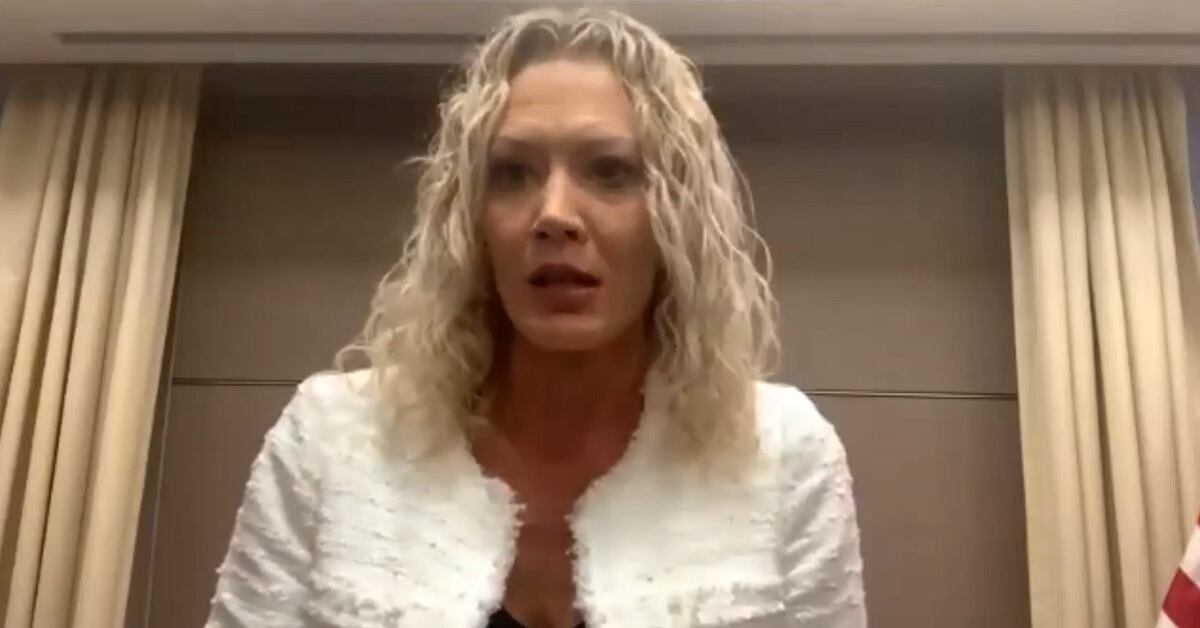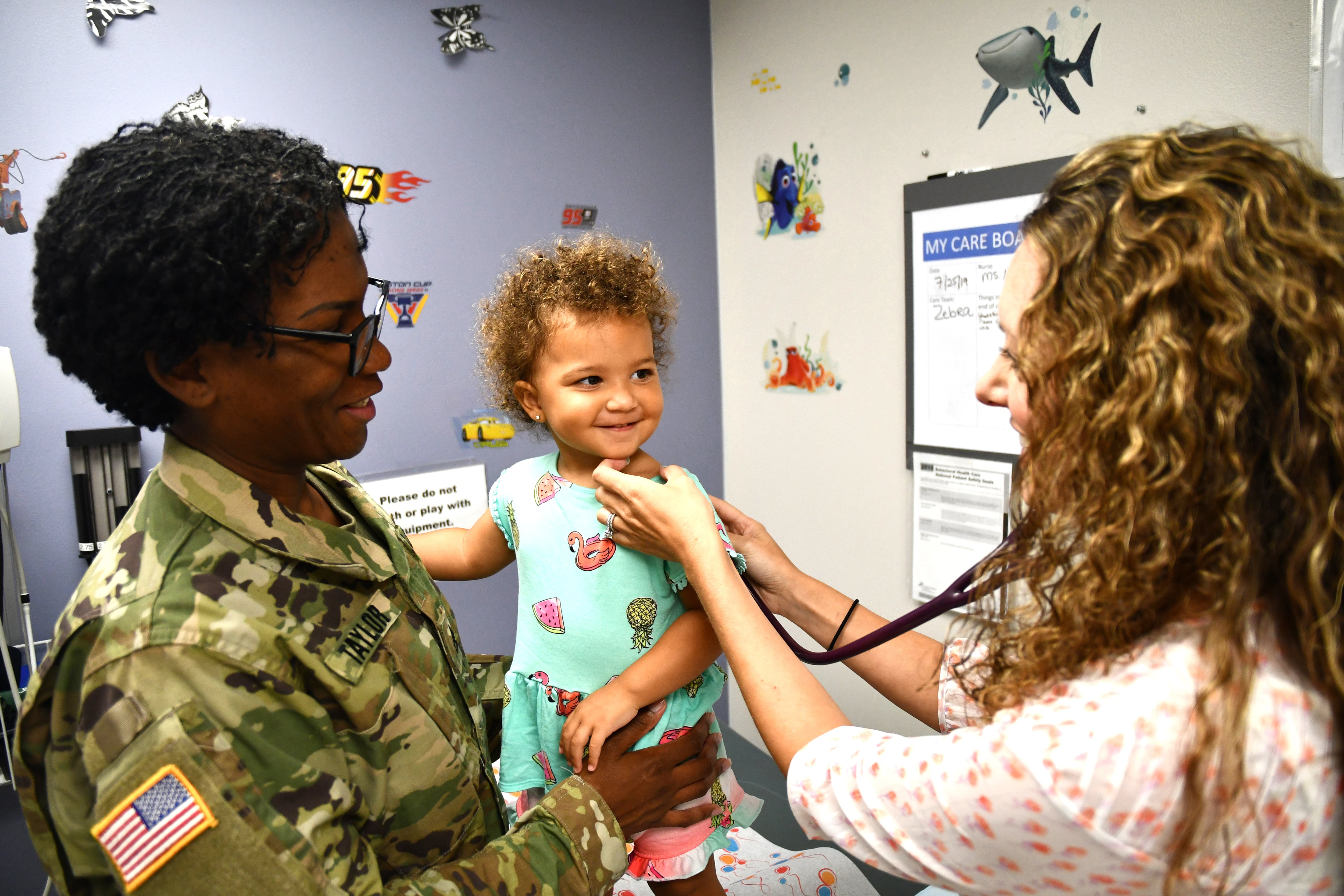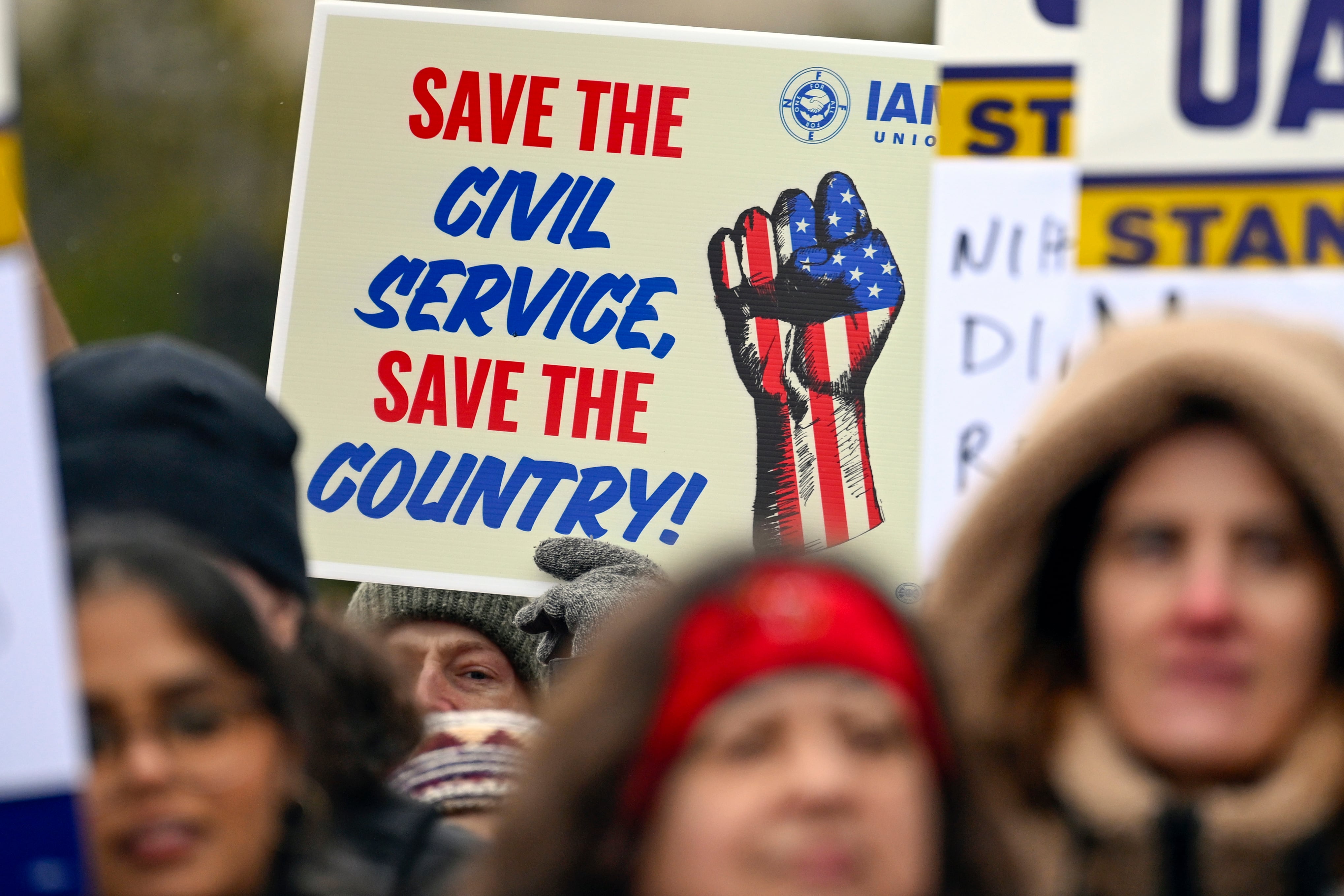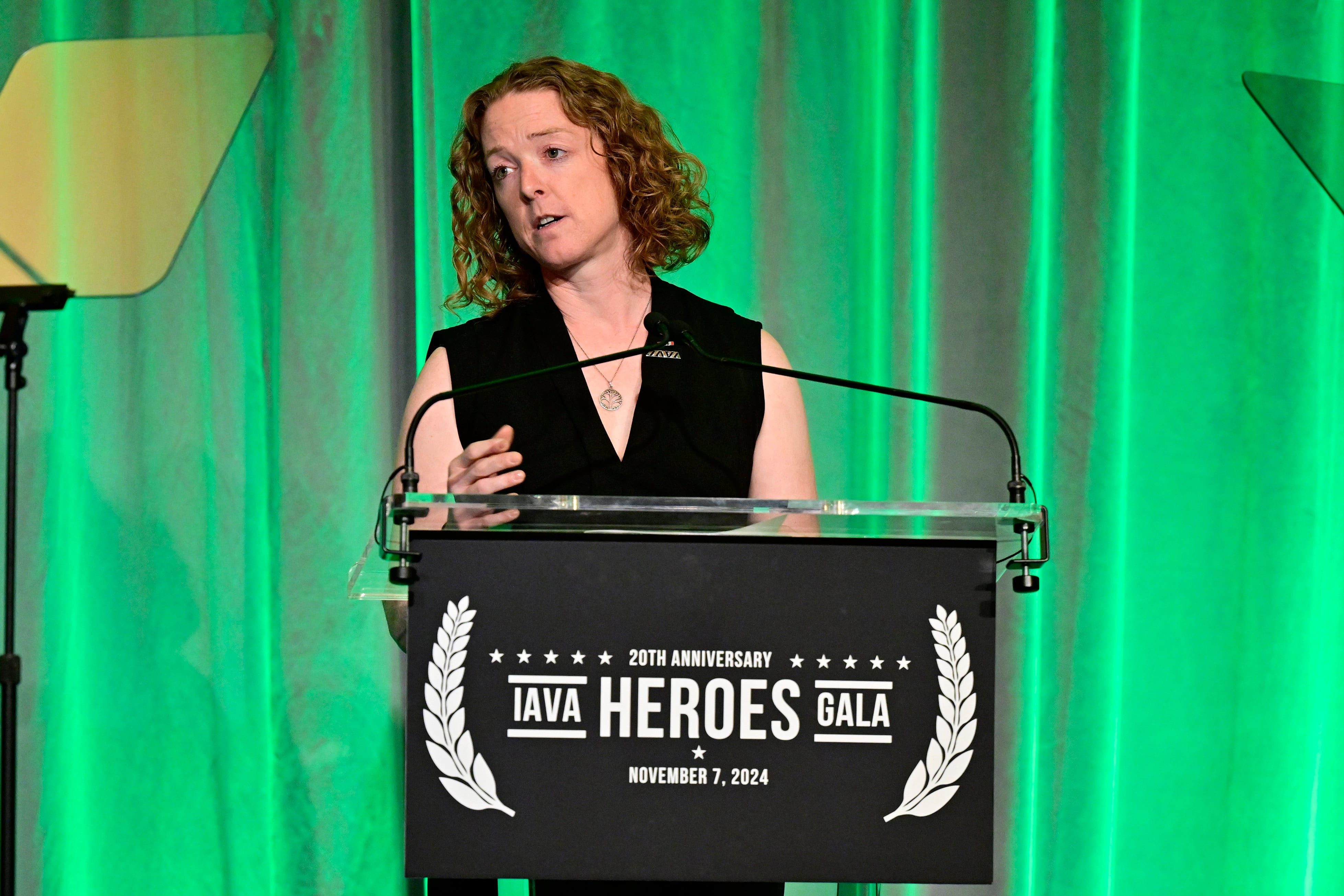Military family members affected by the fuel-tainted water crisis in Hawaii have come to Washington, D.C., to press for answers about the contaminants in their water and more action. They are calling for more medical tests and home testing, long-term medical care and follow-ups.
They also urged lawmakers to take steps to hold the Navy accountable.
Frustrated by unanswered questions and ongoing health concerns, Navy wife Jamie Simic and Army Maj. Amanda Feindt visited a number of congressional offices Tuesday to meet with lawmakers and staff members. They detailed their visits during a briefing later that day. Their attorney said they have been advised not to name those lawmakers.
More than two months after they began smelling and seeing fuel in their tap water, none of the affected families have been given the all-clear that their home’s water is safe. Thousands have been living in local hotels at government expense; others have chosen to stay behind in their homes, using bottled water and bulk water provided by the military. Laundry services, showers and other services are also provided.
Simic and Feindt question whether they can trust the military on a variety of fronts. For example, officials are sampling and testing 10% of the homes after the communities’ water systems are flushed. But families are calling for 100% testing of the homes. “If I’m part of that 90% not getting tested, you don’t have my trust,” Feindt said.
Officials have responded during town hall meetings that the Environmental Protection Agency generally recommends that 5% of homes be tested after such a flushing, but the decision was made in this case to test twice that number, at 10%. Army officials have told their residents that if they want their homes to be individually tested, they will.
The water crisis has affected more than 9,000 households at Joint Base Pearl Harbor-Hickam and the Army’s Aliamanu Military Reservation and Red Hill communities, which are on the Navy water system. Navy, Army, Air Force and some Coast Guard members and their families are among those affected.
The contamination has been linked to a Nov. 20 incident at the Red Hill Bulk Fuel Storage Facility. Navy officials told lawmakers Jan. 11 the Navy takes responsibility for the problem, and the Navy will fix it. The spill was likely the result of “operator error,” officials said.
Families started smelling and seeing the fuel in their tap water on Nov. 28, but even before that, some families were experiencing mysterious symptoms ranging from vomiting and diarrhea to headaches and unexplained rashes. Initially, the Navy said its tests showed the water was safe, but after sending samples to the mainland for further testing, the Navy announced on Dec. 3 that petroleum products had been found in the water.
The Navy has been releasing test results from the distribution system after the flushing is done, as the results are cleared by the Hawaii Department of Health. But Feindt and others also want the results from the initial tests that were conducted on their homes. She was told her house in Ford Island was tested on Dec. 10, before the flushing began, but has never received the test results. Families want to know what was in the water so they can take steps now and in the future to try to prevent any long-term health problems.
“I want to know what my 1-year-old and 4-year-old ingested. They have their whole lives ahead of them,” Feindt said.
“We know JP5 and JP8″ were in the water, said Kristina Baehr, an attorney representing Feindt, Simic and about 100 other families. “We understand there may have been other contaminants” that were additives, she said. The Hawaii families should have access to remedies similar to those provided to families affected by water contamination at Camp Lejeune, North Carolina, she said.
Feindt and Simic are also calling for better medical testing and care for family members. Feindt said when she went to Tripler Army Medical Center Dec. 13 suffering from vomiting, diarrhea, severe abdominal pains “that felt like labor contractions,” the doctors did a battery of tests including an electrocardiogram and full blood tests. But her spouse and children who came in the same weekend didn’t get any of those tests, she said, although they were diagnosed with “suspected contact with water contamination.” Her children both ended up in the hospital with severe abdominal pain, diarrhea, projectile vomiting and dehydration, she said.

Simic said the families also need whistleblower protection, as there have been retaliatory actions. She said she has been threatened with arrest for speaking out, and her husband has been threatened with court-martial. Baehr said Simic’s story of retaliation is not unique; “I hear stories of retaliation every single day,” she said.
Feindt said that as a field grade officer and mother of a 1-year-old and 4-year-old, she felt “silenced” just because she was advocating for her children to be properly tested and get the medical care they need.
As of Wednesday, the pipes had been flushed in all homes within the 19 affected neighborhoods on the Navy water system, as well as the child care centers, schools and other facilities. Testing of 10% of the homes was done after the flushing.
The Navy’s interagency drinking water team has received test results from houses in only one neighborhood to date — the Red Hill community — which they validated and forwarded to the Hawaii Department of Health. Those officials will determine whether those tests indicate the water in those homes is safe.
The team is awaiting results from the tests of homes in the other 18 neighborhoods.
Karen has covered military families, quality of life and consumer issues for Military Times for more than 30 years, and is co-author of a chapter on media coverage of military families in the book "A Battle Plan for Supporting Military Families." She previously worked for newspapers in Guam, Norfolk, Jacksonville, Fla., and Athens, Ga.




